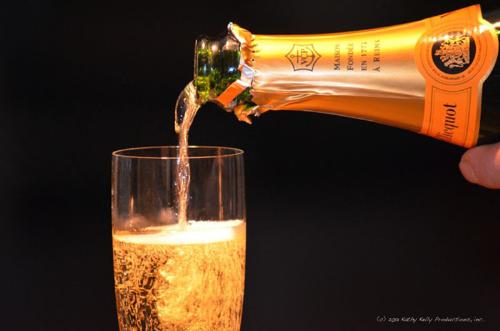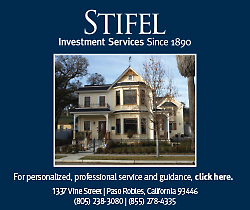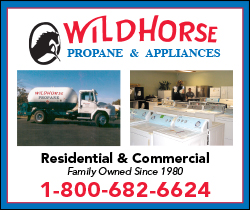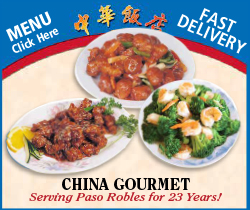Local wine author offers tips on buying and serving champagne
‘Tis the season for breaking out the bubbly
Peak season for sparkling wines is here, and consumers possessing the fundamentals of this special wine will make smarter purchases, says Paso Robles wine author Len Napolitano.
“The first step is knowing that all Champagnes are sparkling wines but not all sparkling wines are Champagnes,” says Napolitano, whose quick and simple wine book, Nose, Legs, Body!: Know Wine Like The Back of Your Hand, is a best seller in California tasting rooms. “A genuine Champagne is made in a specific region of France named Champagne.” Napolitano offers the following buying advice:
1. The genuine article costs more.
Although you pay for a reputation for greatness earned over centuries, true Champagne requires much time and effort to make. But if you are not fussy about the size or longevity of the bubbles streaming up your fluted glass, choose generic sparkling wine, which can often be just as pleasing. Hundreds of sparkling wines are made in many states in the U.S. in addition to other European countries. Proseco and Spumante from Italy, Cava from Spain and Sekt from Germany are the most popular sparklers from Europe outside of France.
2. Know the sweetness lingo.
Terminology describing the level of sweetness can confuse. Brut is very dry and, logically, Extra-Brut is one level drier. However, Extra-Dry, sometimes called Extra-Sec, is one level sweeter than Brut, but Sec is sweeter than Extra Sec.
3. Don’t be too concerned with vintage.
Contrary to still wines, the majority of sparkling wines do not specify a vintage. These non-vintage, or NV, wines are made from grapes grown in multiple years so a consistent style is kept year to year. In exceptional growing seasons, a vintage sparkler is produced and the year is printed on the label. Expect to pay more for a vintage sparkler than non-vintage.
4. Enjoy its many pairing partners.
Besides celebrations, or enjoying sparkling wine in advance of dinner, keep in mind that it can also work well with what you are eating. Salty meat and snacks, spicy and fried foods and cream-based sauces all shine followed by a sip of crisp bubbly.
5. Handle with care, chill and serve.
Be aware of the high pressure trapped inside a closed bottle of sparkling wine. A warm bottle increases pressure and causes the cork to shoot out with even more force than a cold bottle. Chill to about 45°F, use a towel to grab the cork in one hand, and turn the bottle, not the cork, as you pull the cork straight out without twisting.
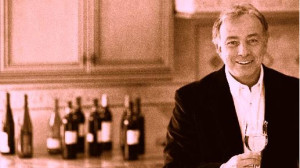
Paso Robles wine author Len Napolitano.
About Len Napolitano
Len Napolitano was the “wineologist” on TV’s Fine Living Network and is the wine columnist for Sonoma-based Wine Country This Week magazine. Len has certification from the Society of Wine Educators and the Wine & Spirits Education Trust.


